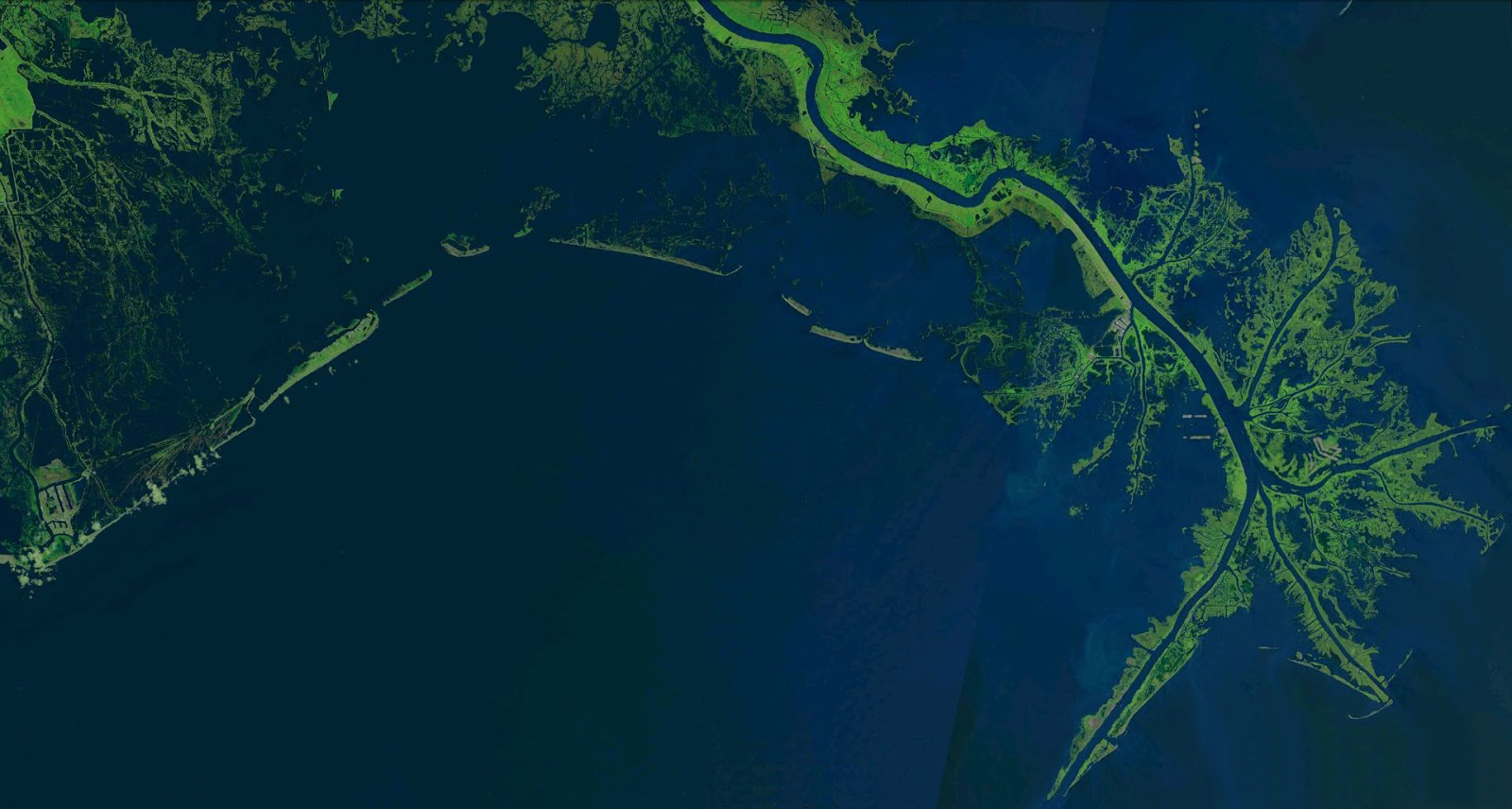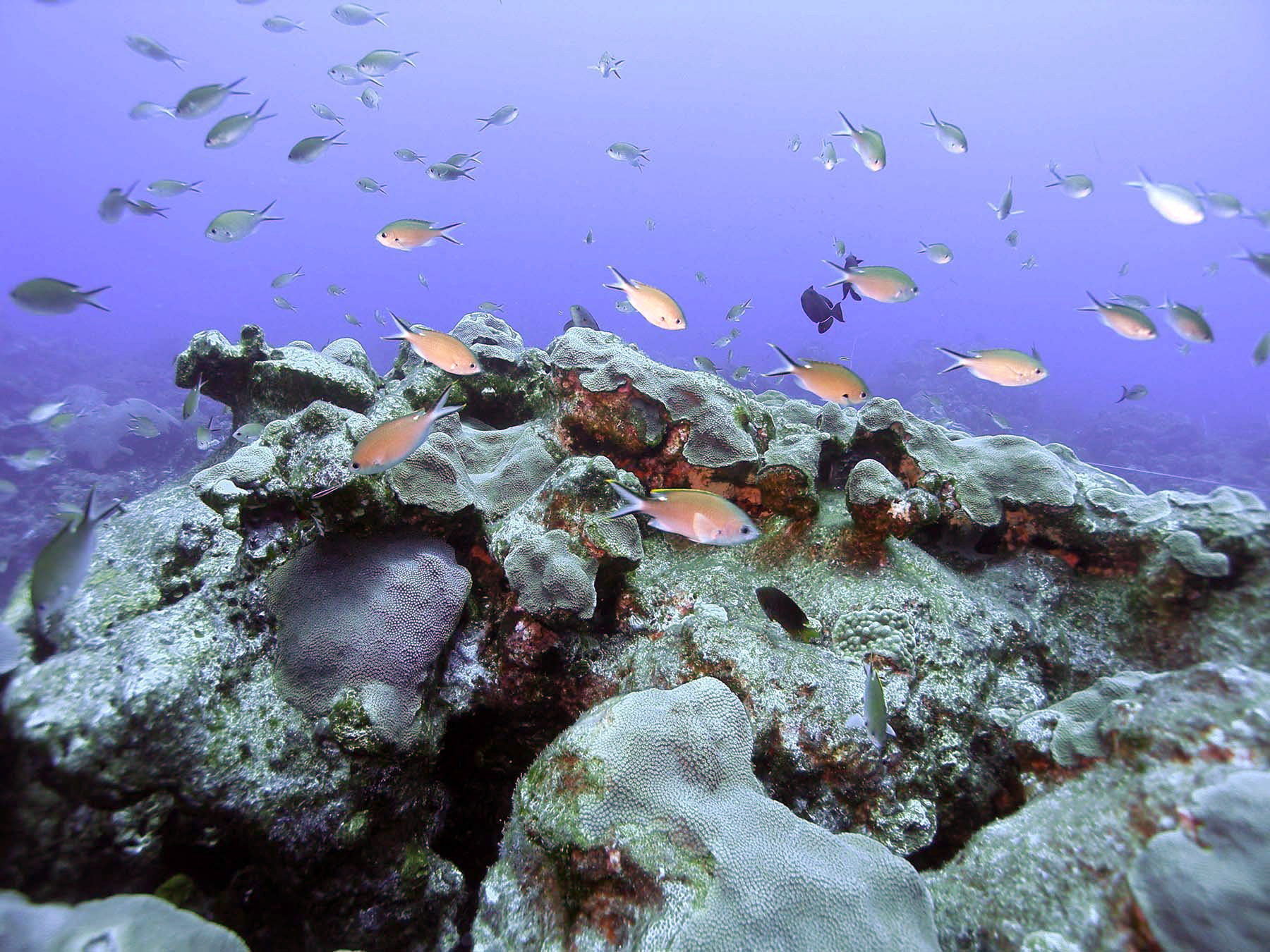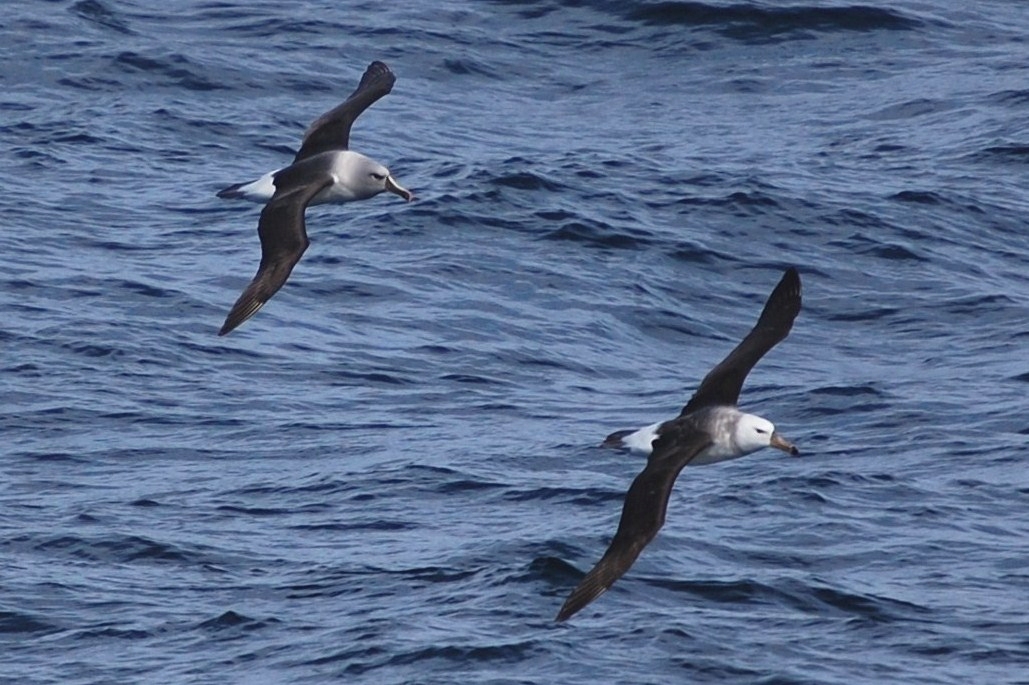Land Use Change
The Gulf of Mexico Large Marine ecosystem has been subject to increasing anthropogenic influences over the past three decades, primarily as a result of human population growth, energy extraction, and coastal development in the region.


